As soon as winter arrives, I run to my skincare routine. Hello, it’s not an expensive collection bought from the market. They are all homemade and my own personalized.
Have you ever used tallow lip balm?
It’s a super easy recipe offering natural, homemade skincare products. If you haven’t one yet for you, get it now with this DIY recipe.
What Is Tallow and Why Use It in Lip Balm?
Tallow is a rendered fat (suet or leaf fat) commonly found in ruminant animals such as cows and sheep. Don’t be confused about pig fats; they are called lard.
Suet fat is a solid, nutrient-rich fat that remains around the kidney and liver.
Do you know tallow was used as cooking oil in the past? You might have seen a can dripping beside the old stove or handling the grandma or grandpa.
Besides, tallow is very useful in making candles, soaps, leather care (dubbin), wood or timber care, and skin care (healing salves and balms).
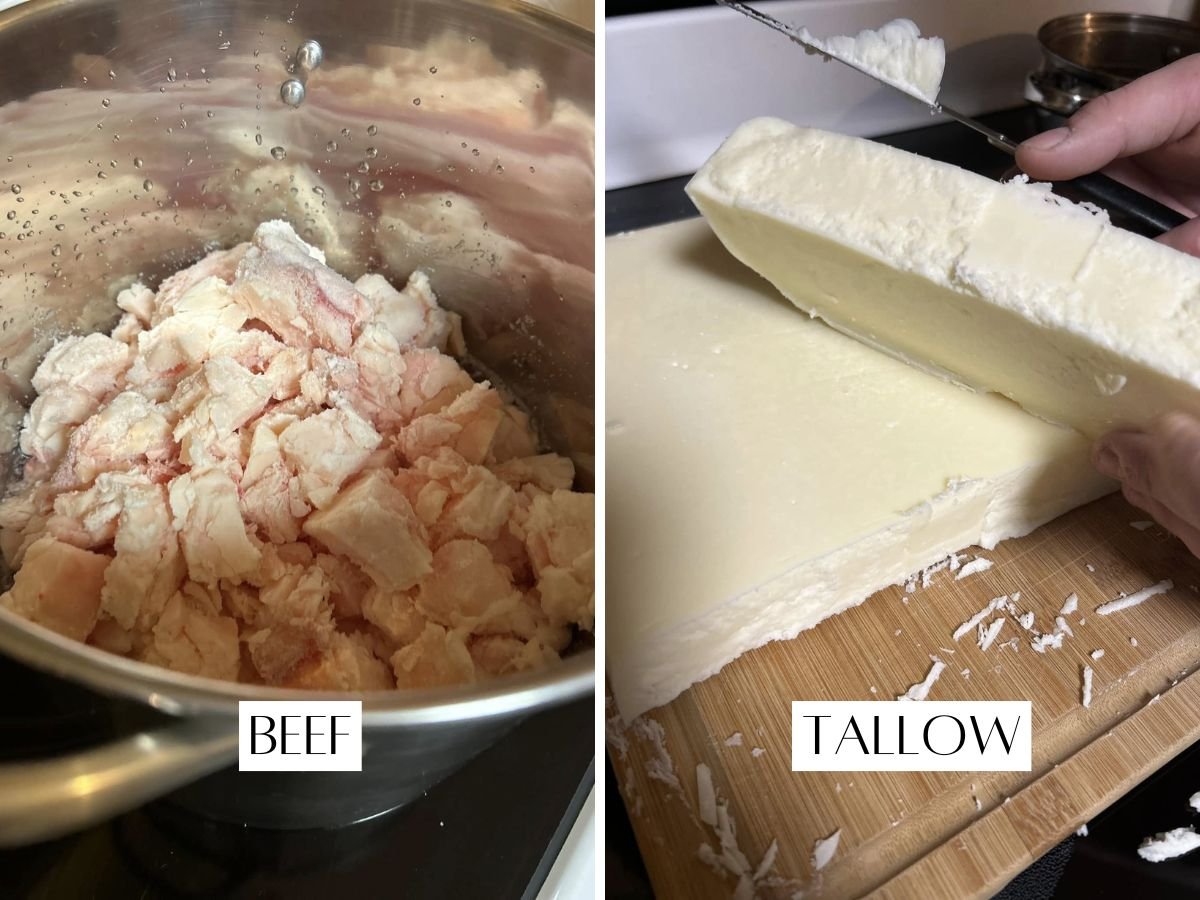
It has the following qualities useful in making lip balm.
Protects against free radical damage
Tallow contains fat-soluble and vital vitamins A, D, E, and K to shield the skin from air pollution, UVA and UVB rays, and other external factors.
These vitamins are equally helpful in protecting your skin from daily inflammatory influences such as alcohol, smoking, and sugar consumption.
Grass-fed tallows from animals such as cows and sheep possess trace minerals, like selenium, that help enhance skin health and condition and protect from free radicals.
Great for sensitive skin
Tallow also has fatty acids like conjugated linoleic acid (CLA) that benefit the skin.
The vitamin-rich tallow provides anti-inflammatory properties to help with skin issues such as eczema, rosacea, dermatitis, psoriasis, and extreme dryness.
CLA also fights against redness, cracked skin, irritated skin, and dehydrated skin.
Wound Healing Properties
Lips, especially in the winter or cold days, feel dry. I often brushed my lips with my wet tongue during childhood to hydrate them.😃 Did you do it?
The dryness can lead to cracked skin and bleeding lips.
In this case, tallow can help deeply moisturize and protect your lips.
Reduces Aging Signs
The vitamins in tallow, especially vitamin E, help reduce fine lines and wrinkles.
Vitamin E helps with free radical damage that causes collagen levels to deplete. This induces wrinkles, fine lines, and dark or visible spots on aging skin.
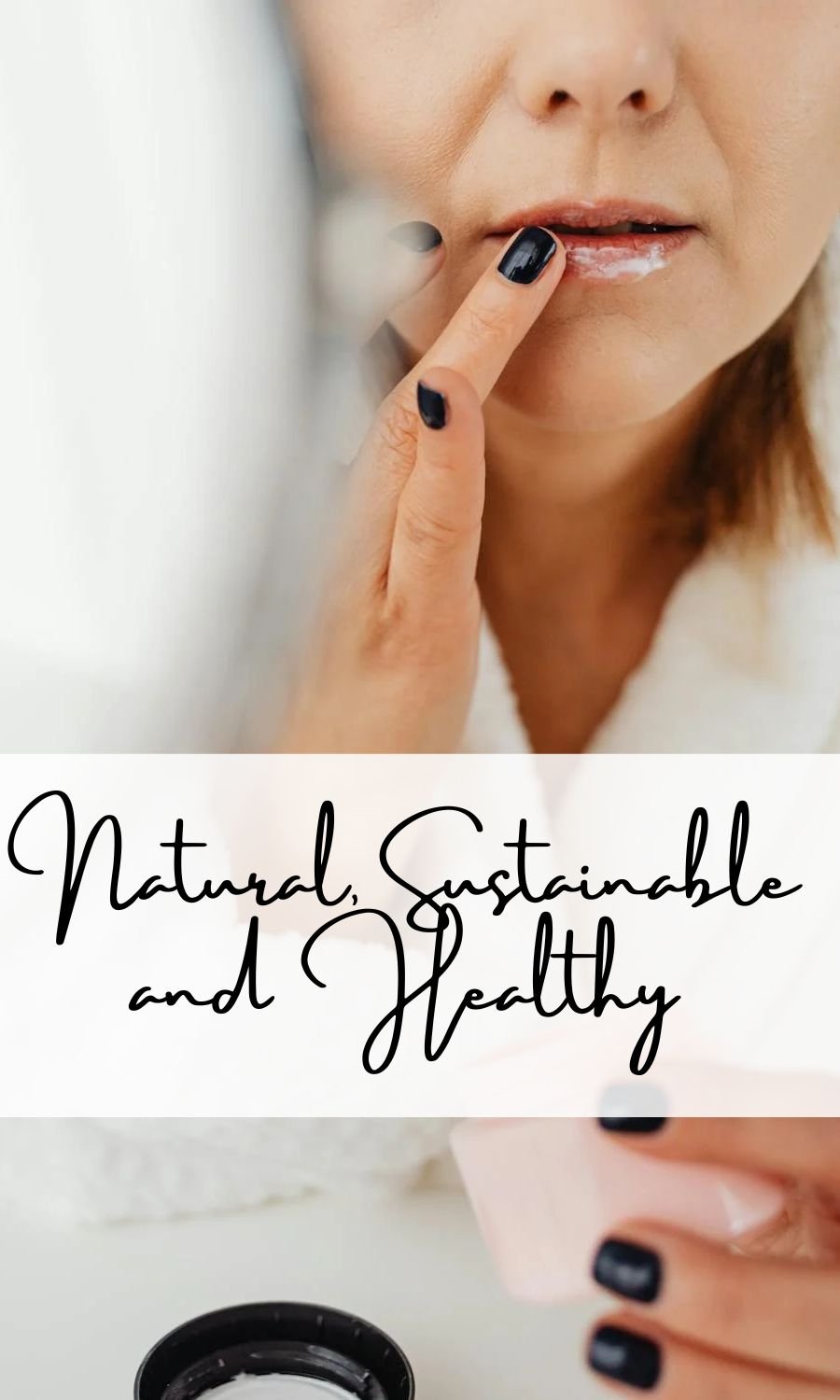
Besides, the tallow also provides antioxidants and essential nutrients to help the skin recover from oxidative damage.
Natural, sustainable, and free of harmful chemicals
Tallow is not artificial to cause eco issues.
You can raise animals, breed them, and harvest tallow as much as required. Also, it is easy to render the tallow after the meat fat.
Cook the fat in low heat and remove the remaining muscle and connected tissue.
Benefits of Using Homemade Tallow Lip Balm
- Natural tallow lip balm is free from artificial chemicals or extracts, fragrances, and preservatives.
- It is cost-effective compared to high-end natural lip balms and store-bought products.
- The DIY lip balm is great for dry, chapped lips in winter or extreme climates.
- This is an eco-friendly project which uses sustainable materials and reusable containers.
- DIY tallow lip balm recipe is ideal for homesteaders or homemakers who value self-sufficiency and natural living.
- Besides self-use, you can also send it as a gift during special events or festivals, such as Christmas.
Ingredients Needed for Tallow Lip Balm
| Materials | Quantity | Purpose |
| Grass-fed tallow | 2 tablespoon | Star ingredient |
| Beeswax | 1 tablespoon | Firmness and protective barrier |
| Coconut oil | 1 tablespoon | Added moisture |
| Essential oils (optional) | 5-10 drops | Lavender, peppermint, or citrus for scent and benefits |
| Vitamin E oil (optional) | 3-5 drops | To extend shelf life and boost skin nourishment |
Tools and Equipment Needed
Double boiler or heat-safe bowl or pot and saucepan
Measuring tablespoons
Wooden spoon for stirring or silicone spatula
Lip balm containers or tins
Pipette (optional) for small pouring
Step-by-Step Guide to DIY Tallow Lip Balm Recipe
Step 1
Melt the tallow and beeswax in a double boiler over low heat. You can also place a bowl over a simmering pot of water if you don’t have a double boiler.
I personally prefer grass-fed tallows, unlike grain-fed ones that may reduce benefits and alter the scent.
Also, don’t overheat, which may burn and alter texture and properties.
Step 2
Check the tallow and beeswax have melted and turned liquid. If not, stir the mixture gently until entirely melted and combined.
Add coconut oil and stir again.
Step 3
Remove the solution from heat and add essential oils for scent and vitamin E oil (if using). Now, mix them well.
I love applying lavender and eucalyptus oil. You can also try the same. Else, roses can also make a good smell.
Step 4
Take out the small containers or tins for storage. You can also use a pipette if needed.
With careful hands, pour the liquid into the container, let it to be cool, and to solidify at cool place or at room temperature. This process may take 1-2 hours or a couple of hours.
Step 5
Finally, close the containers well and label them with the personalized name and date.
Keep the homemade tallow balm in a shady place or away from the direct sunlight. If you want to preserve them for a long time, store them in a dry and cool place.
Tips for Personalizing Your Tallow Lip Balm
Experiment with essential oil blends. For example, lavender can be used for soothing, peppermint for refreshment and citrus for energizing.
Also, you can try different scents of essential oils, such as jasmine, gardenia, and Ylang-ylang.
Add more beeswax for the firmer balm.
If you want a softer balm, increase the amount of coconut oil.
You can also add natural colorants. I suggest you use the edible dye plant extracts. For instance, I often use beetroot powder for a rosy tint.
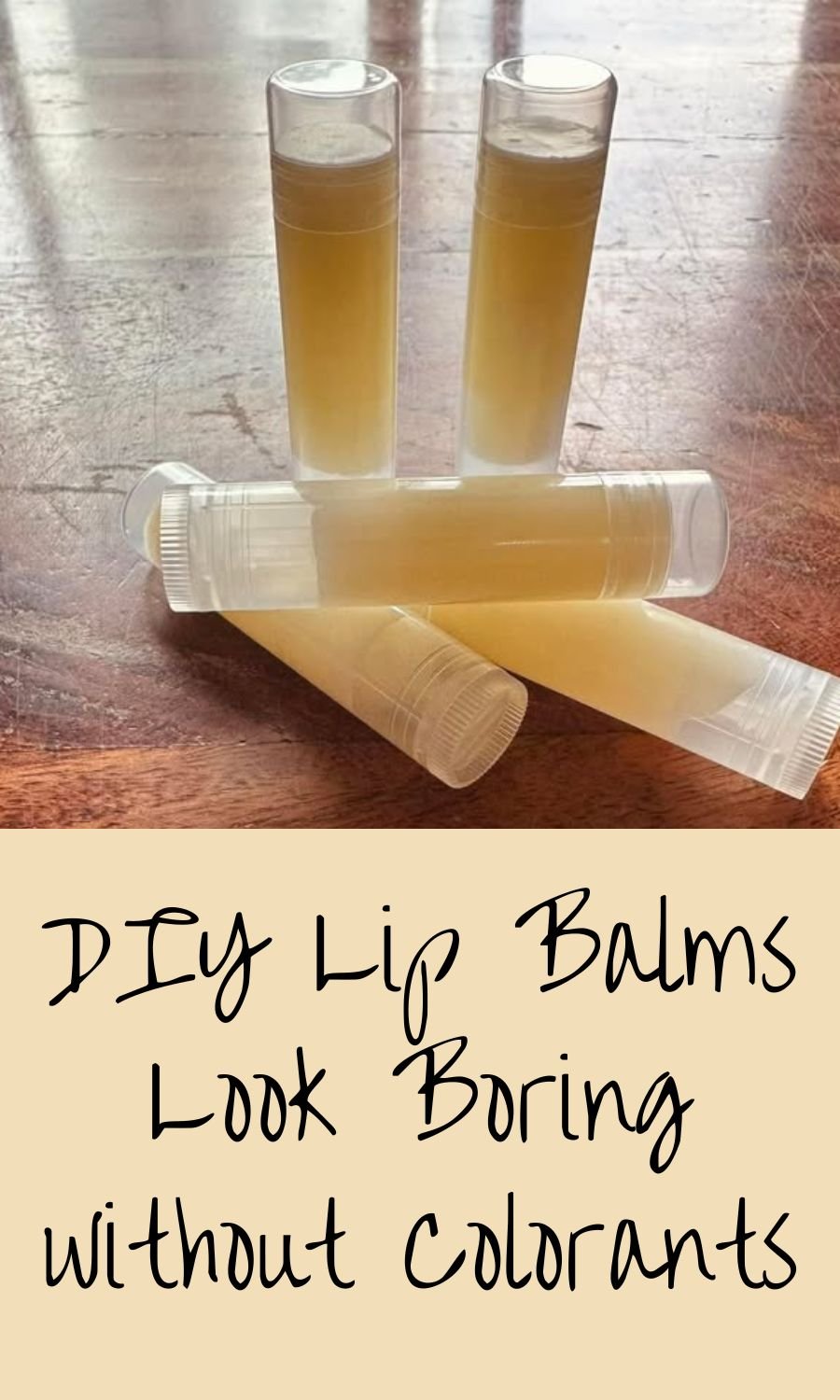
Also, make larger batches of tallow lip balm for gifts or storage.
Creativity never ends. If you lack coconut oil, you can replace it with honey or butter.
It is the same process as you make beeswax hand cream at home.
Final Thoughts
DIY tallow lip balm recipe is simple and easy to make, and get it ready in a couple of hours.
Unlike boring store-bought lip balm, you can customize it with your favorite performance and color based on your needs.
You only need to make sure you have good tallow of good quality.
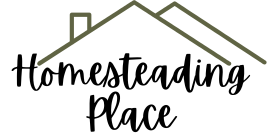
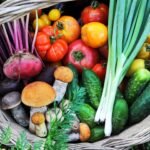

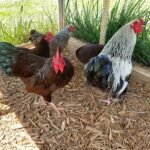
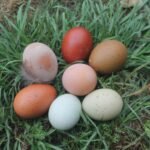

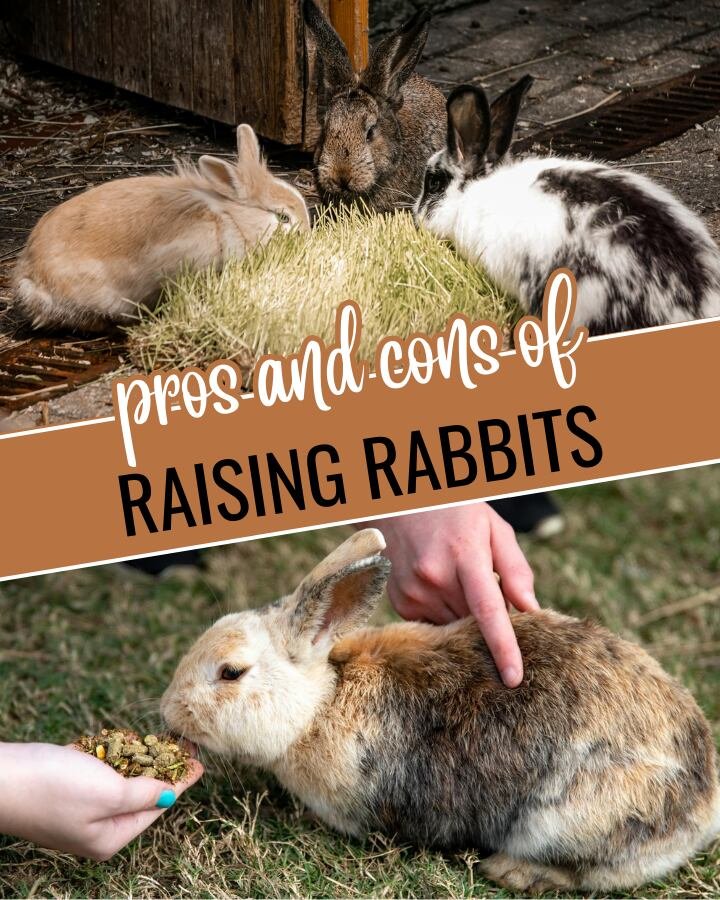

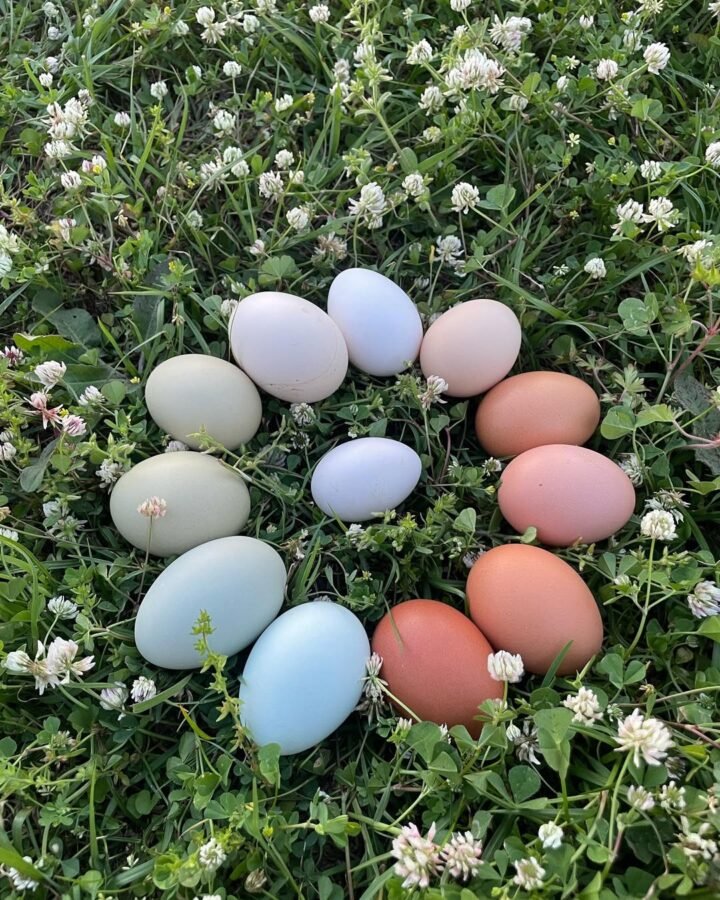
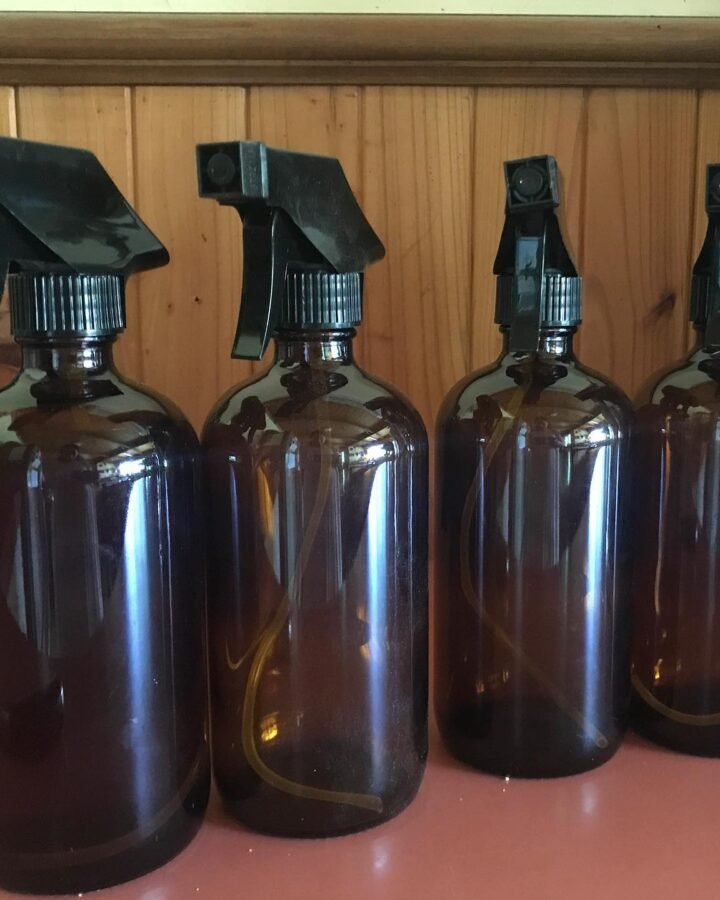
Leave a Reply